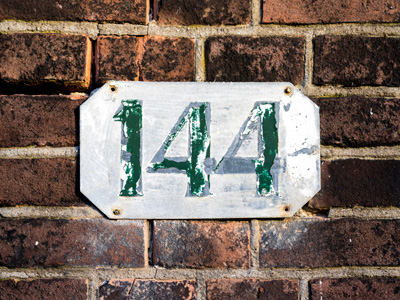
How many times does the number 144 appear in this quiz?
Related Numbers 4
Related Numbers tests you on division, multiplication, addition and subtraction.
In this series of 11-plus verbal reasoning quizzes, you need to find the relation between the three numbers in brackets. The first and third numbers will have been either added, subtracted, multiplied or divided to get the middle number. Find out which one it is and do the same to the last bracketed numbers.
If you've played the previous three quizzes on related numbers, you'll be an ace by now. But don't rush and get any wrong - it's easy to be complacent when you think you've cracked it. Double-check your calculations before choosing the answer.
Are you ready? Are you set? Then let's play!
(12 [4] 48), (19 [6] 114), (12 [ ? ] 36)
3
4
5
6
The correct answer is 3.
This is because 12 and 48 are related by dividing 48 by 12 to get the number in the middle. 19 is related to 114 in the SAME way (dividing 114 by 19 results in 6). The relationship is DIVIDE.
Choose the correct answer from the four choices available.
(360 [24] 15), (629 [37] 17), (779 [?] 19)
Choose the correct answer from the four choices available.
(123 [100] 23), (355 [100] 255), (471 [?] 71)
Choose the correct answer from the four choices available.
(5 [380] 76), (7 [147] 21), (9 [?] 18)
Choose the correct answer from the four choices available.
(11 [154] 14), (12 [144] 12), (13 [?] 13)
Choose the correct answer from the four choices available.
(16 [192] 12), (20 [340] 17), (11 [?] 27)
Choose the correct answer from the four choices available.
(37 [44] 7), (44 [51] 7), (51 [?] 7)
Choose the correct answer from the four choices available.
(68 [17] 4), (144 [24] 6), (168 [?] 21)
Choose the correct answer from the four choices available.
(44 [30] 14), (61 [38] 23), (79 [?] 26)
Choose the correct answer from the four choices available.
(49 [51] 2), (78 [85] 7), (64 [?] 9)
Choose the correct answer from the four choices available.
(110 [45] 65), (540 [266] 274), (333 [?] 188)
Ready for more?
not all...
quizzers. Try to win a coveted spot on our Hall of Fame Page.







